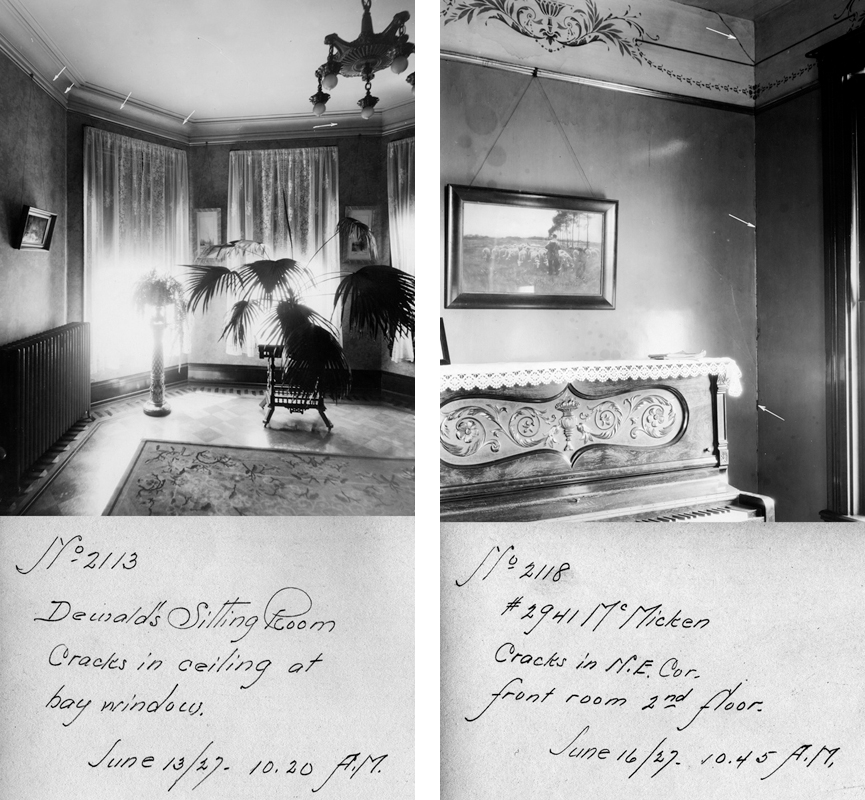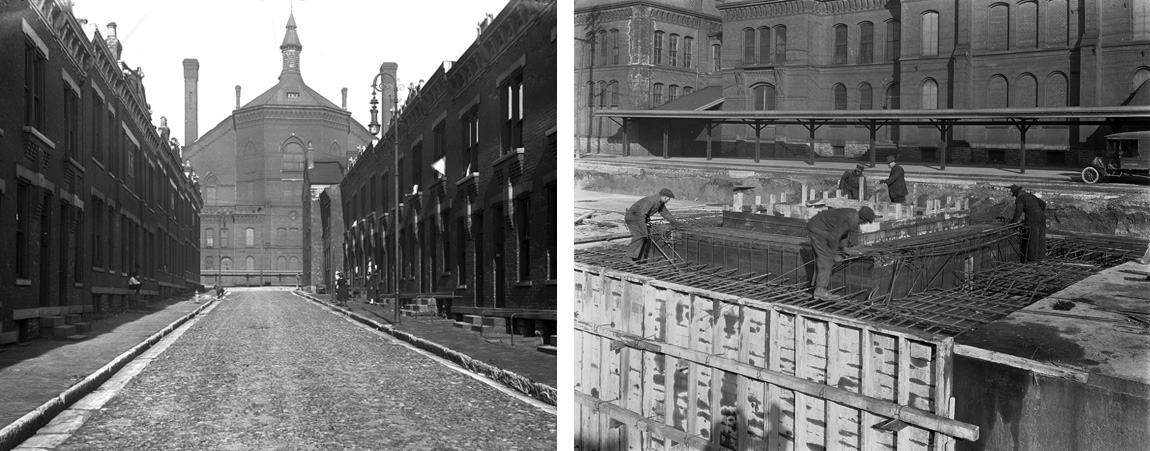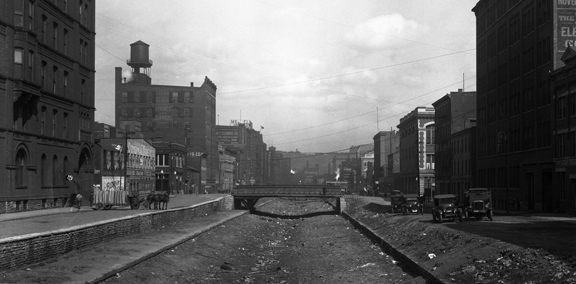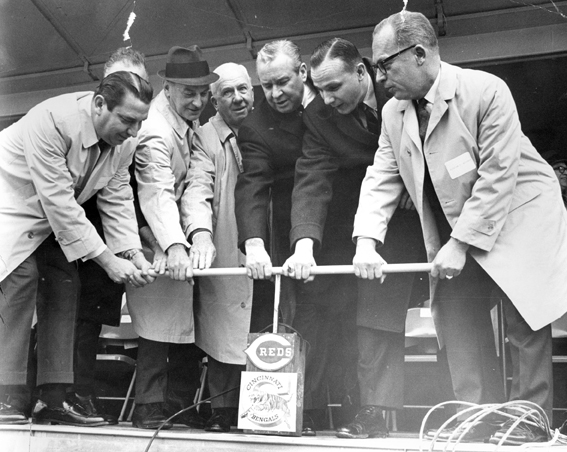By: Angela Vanderbilt
In my June 25 blog, “Ezzard Charles Drive: The Making of a Parkway,” I described how over time, many of the streets and locations captured in the Subway and Street Improvements images no longer exist, or have been altered in name or appearance, as they have been adapted for new uses. The area discussed in that blog is currently the site of the Cincinnati Museum Center, which occupies the former Union Terminal. Most residents of Cincinnati are familiar with the most current use of this building as well as its original purpose, a major railroad terminal by which passengers and freight from all over the United States passed through the Queen City. However, this area served two other purposes prior to the building of the terminal station, the first of which may surprise you. Continue reading

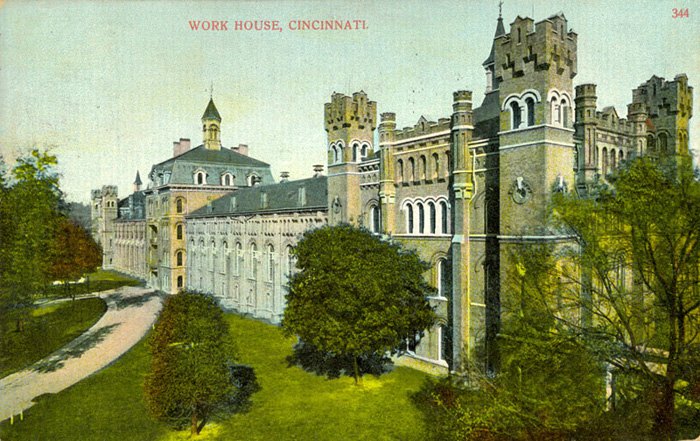
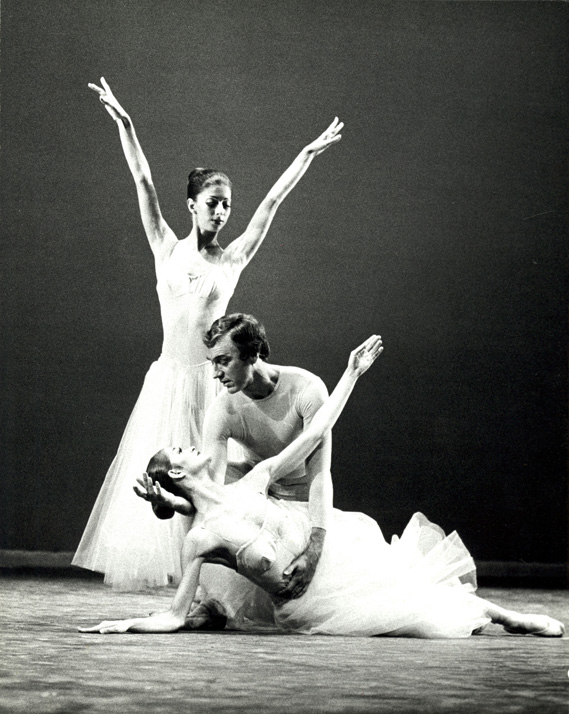
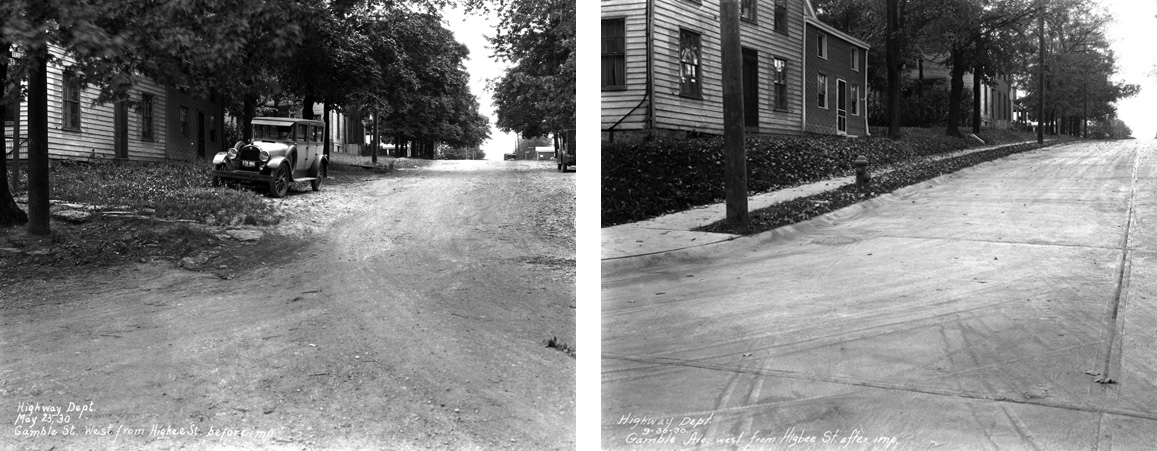
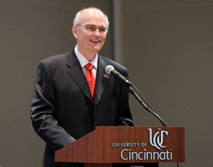 Gregory H. Williams became the University of Cincinnati’s 27th president when he took office in September 2009. Among more than 100 applicants for the position, he was selected in part because of his outstanding work in transforming the City College of New York, where he served as president before joining the UC. Williams received national acclaim for his book, Life on the Color Line: The True Story of a White Boy Who Discovered He Was Black (New York, NY: Dutton, 1995). Over a decade later, he still received feedback from his readers while serving as the president here at UC. The memoir was his way of telling the world about struggling with poverty and acceptance during his youth and dealing with his biracial identity in Muncie, Indiana at a time when segregation was still highly overt in the United States. The book also brought to life other family issues such as alcoholism and abandonment. Throughout his account, he told the story of a normal childhood that spiraled into one of torment, welfare, and segregation, and then how he made the best of it. Williams became the star quarterback of his high school’s football team, excelled in college to earn four degrees, and worked his way up in higher education system until he became president of College City of New York from 2001-2009 and then president of the University of Cincinnati from 2009 to 2012.
Gregory H. Williams became the University of Cincinnati’s 27th president when he took office in September 2009. Among more than 100 applicants for the position, he was selected in part because of his outstanding work in transforming the City College of New York, where he served as president before joining the UC. Williams received national acclaim for his book, Life on the Color Line: The True Story of a White Boy Who Discovered He Was Black (New York, NY: Dutton, 1995). Over a decade later, he still received feedback from his readers while serving as the president here at UC. The memoir was his way of telling the world about struggling with poverty and acceptance during his youth and dealing with his biracial identity in Muncie, Indiana at a time when segregation was still highly overt in the United States. The book also brought to life other family issues such as alcoholism and abandonment. Throughout his account, he told the story of a normal childhood that spiraled into one of torment, welfare, and segregation, and then how he made the best of it. Williams became the star quarterback of his high school’s football team, excelled in college to earn four degrees, and worked his way up in higher education system until he became president of College City of New York from 2001-2009 and then president of the University of Cincinnati from 2009 to 2012. 
